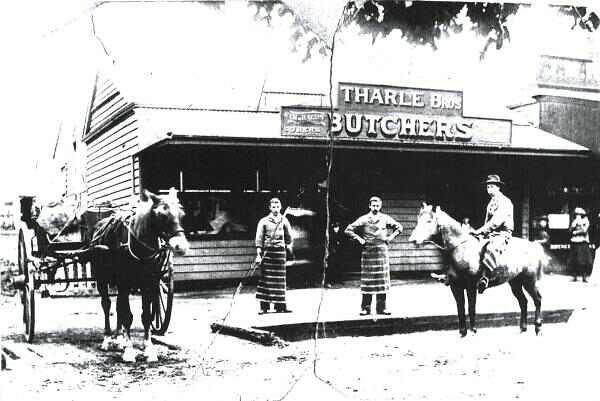Frank Facey was born in Cranbourne, Victoria and after a career in coach building , started a Real Estate business in Dandenong which commenced trading in 1917. In 1945 a new site was purchased and a new office built in Lonsdale Street. In 1982 they joined the First National Real Estate Group. In 1990 Hall & Partners took control and they began trading as Hall & Partners First National from the same Lonsdale Street Location.
Frank’s son Angus joined his father in the business in 1930. His son
Andrew followed in his footsteps and joined his father in the business
in 1968 and took over the management in 1974 .
Image supplied by Geri Grover
Image supplied by Geri Grover










